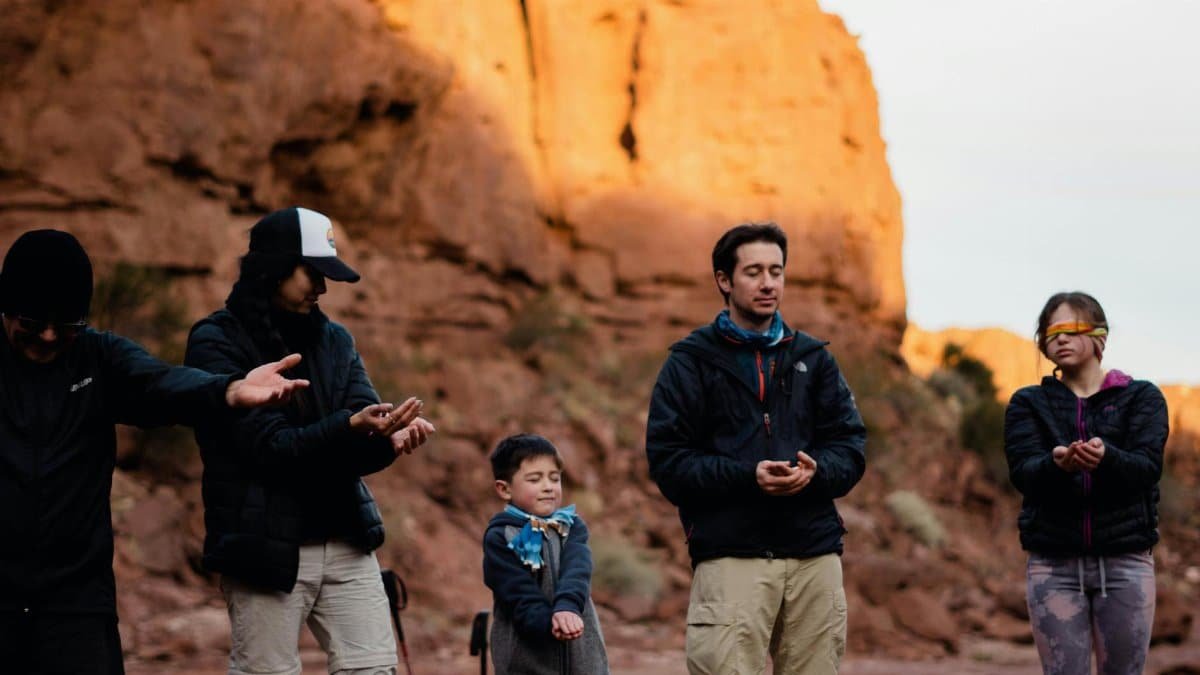In the vast expanses of the American Southwest, a quiet transformation is underway. Old mining towns, once buzzing with the clamor of picks and dynamite, are drawing a new crowd seeking solace. Walk through places like Bisbee or Jerome these days, and you’ll notice yoga studios popping up amid historic saloons, retreats promising mindfulness amid the red rock silence. This shift reflects a broader cultural trend: as urban stress mounts, more Americans are turning to these desert retreat towns for healing and hush. No longer just relics of the Gold Rush era, they’re becoming havens where the absence of noise feels like a luxury. It’s a reminder that sometimes, the best way to recharge is to escape to where the echoes of the past meet the quiet of the present.
1. Bisbee, Arizona: From Copper Mines to Creative Sanctuaries

Bisbee’s steep streets, carved into the Mule Mountains, once echoed with the shouts of copper miners. Today, those same hills cradle artists and seekers of serenity. The town’s transformation began in the 1970s when the mines closed, leaving behind a ghost of industry. Now, galleries and boutique hotels invite visitors to unwind in the desert air. One local innkeeper shared how guests arrive frazzled from city life, only to leave after days of hiking silent trails, their minds clearer. This evolution highlights how desert retreat towns like Bisbee blend history with modern wellness. A report from the Arizona Office of Tourism notes a 25% rise in wellness-focused visits to such spots over the past decade.Arizona Office of Tourism details how these areas boost local economies through mindful tourism.
Yet, the change isn’t without tension. Longtime residents sometimes grumble about rising rents as outsiders flock in. Still, community events like sound baths in old mine shafts foster a sense of shared peace. Picture a group gathered at dusk, the only sounds the faint wind and a distant coyote call. It’s this raw connection to nature that draws people, turning Bisbee into more than a pit stop—it’s a place for reflection.
2. Jerome, Arizona: Hilltop Haven for Artistic Escape

Perched precariously on Cleopatra Hill, Jerome was a booming copper town in the early 1900s. Earthquakes and fires couldn’t kill its spirit, but mine closures nearly did. Enter the artists in the 1960s, who saw potential in the crumbling buildings. Today, Jerome thrives as a desert retreat town, with galleries and wine tastings replacing ore carts. Visitors meditate in vineyards overlooking the Verde Valley, finding calm in the panoramic views.
The town’s allure lies in its quirks. One anonymous online account described arriving stressed from work, only to spend hours wandering haunted hotels, emerging refreshed. Such stories underscore Jerome’s role in the mindful retreat movement. Data from the National Park Service shows increased interest in historic sites for wellness purposes.National Park Service resources highlight how places like this preserve heritage while adapting to new needs. Jerome proves that silence amid ruins can heal modern woes.
3. Virginia City, Nevada: Gold Rush Echoes Meet Meditation

Virginia City’s boardwalks once teemed with prospectors chasing Comstock Lode silver. The Wild West energy faded, but the Victorian charm remained. Now, it’s a magnet for those seeking quiet amid sagebrush. Retreat centers offer yoga against a backdrop of saloons and cemeteries, blending frontier history with inner peace.
Imagine sitting on a porch as the sun sets, the town’s isolation amplifying the hush. This draws digital detox seekers, who trade screens for stargazing. A study by the University of Nevada reveals tourism in such areas has pivoted toward experiential stays.University of Nevada research explores how these shifts sustain rural economies. Virginia City embodies the desert retreat towns’ promise: a pause button in a noisy world.
4. Rhyolite, Nevada: Ghost Town Reborn as Solitude Spot
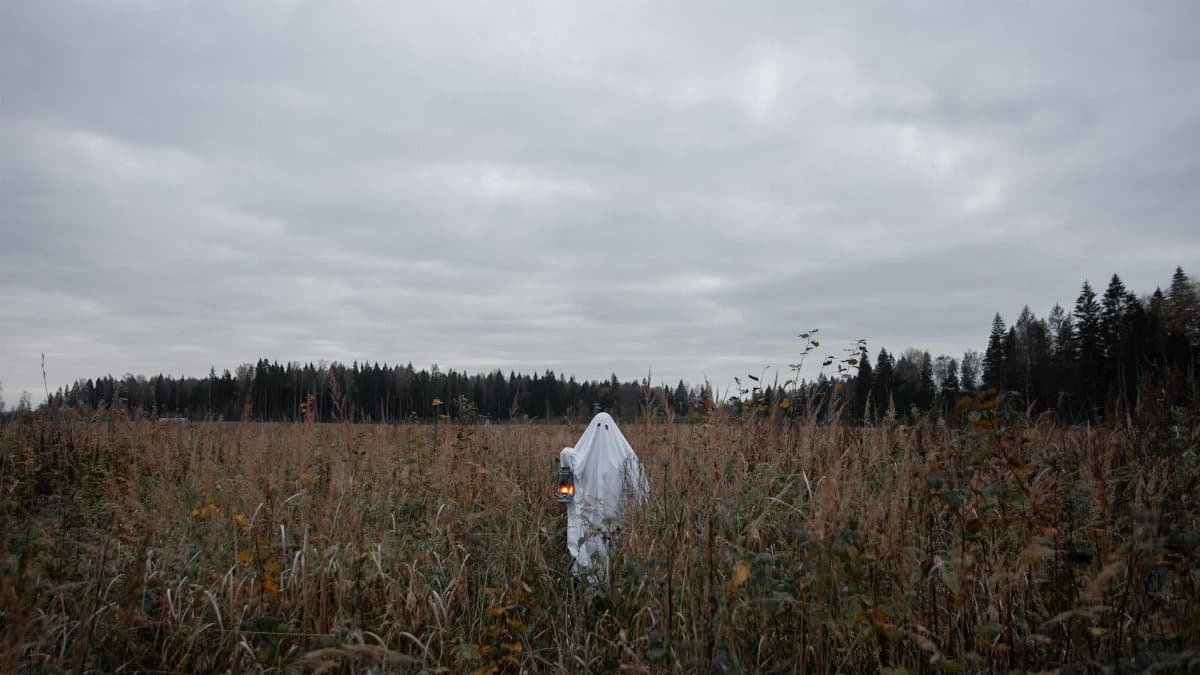
Rhyolite’s ruins stand stark against the Nevada desert, a testament to a short-lived gold boom in the early 1900s. Abandoned by 1920, it lingered as a curiosity. Recently, adventurers have rediscovered it for silent retreats, camping among the skeletal buildings under vast skies.
The appeal is raw. No crowds, just wind-swept isolation perfect for mindfulness practices. One visitor recounted feeling a profound stillness that urban spas can’t replicate. This trend aligns with broader patterns in desert retreat towns, where emptiness becomes the draw. The Bureau of Land Management notes rising permits for such remote wellness activities.Bureau of Land Management oversees these lands, promoting sustainable tourism. Rhyolite whispers that true retreat often means embracing the void.
5. Oatman, Arizona: Burro Trails and Peaceful Paths
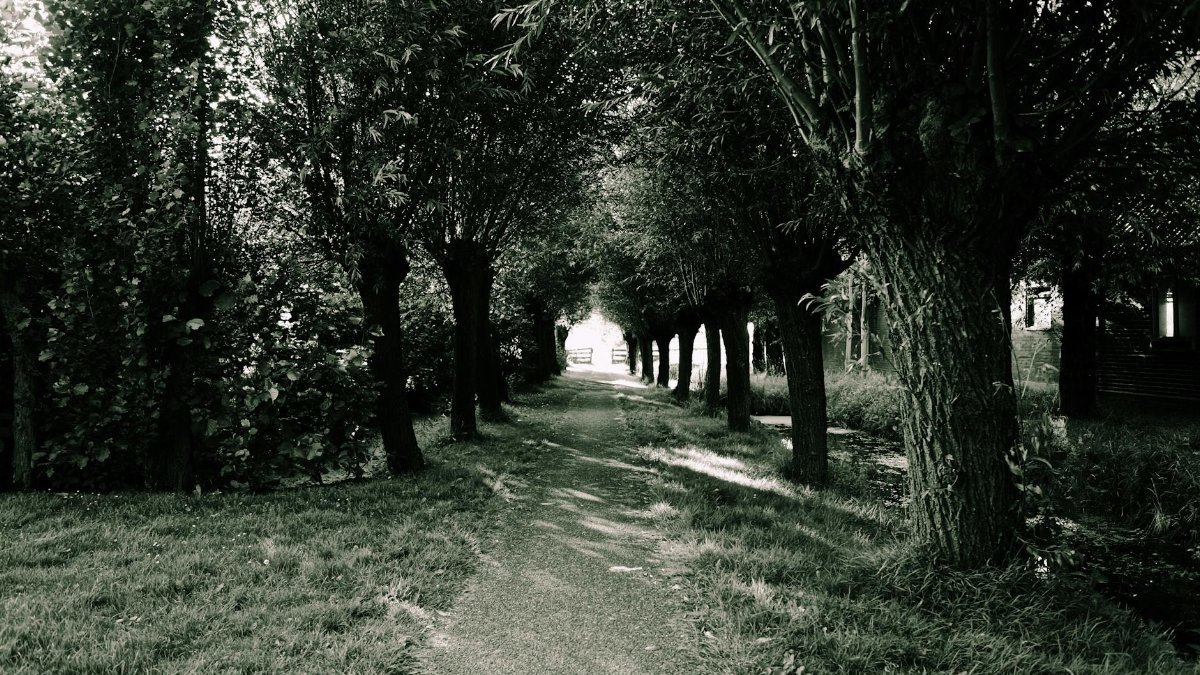
Oatman’s dusty streets, roamed by wild burros, hark back to its gold mining heyday. Tourists once came for the kitsch, but now mindfulness groups hike the surrounding hills, finding zen in the quirky setting.
The burros add whimsy, ambling up as if to join meditations. This blend of animal encounters and quiet reflection sets Oatman apart. Local operators report a surge in retreat bookings, tapping into the desert’s healing vibes. Pew Research on travel trends shows Americans increasingly seek nature-based respites.Pew Research Center data supports this shift toward mindful escapes. Oatman illustrates how even eccentric spots evolve into sanctuaries.
6. Calico, California: Revived Village for Reflective Stays
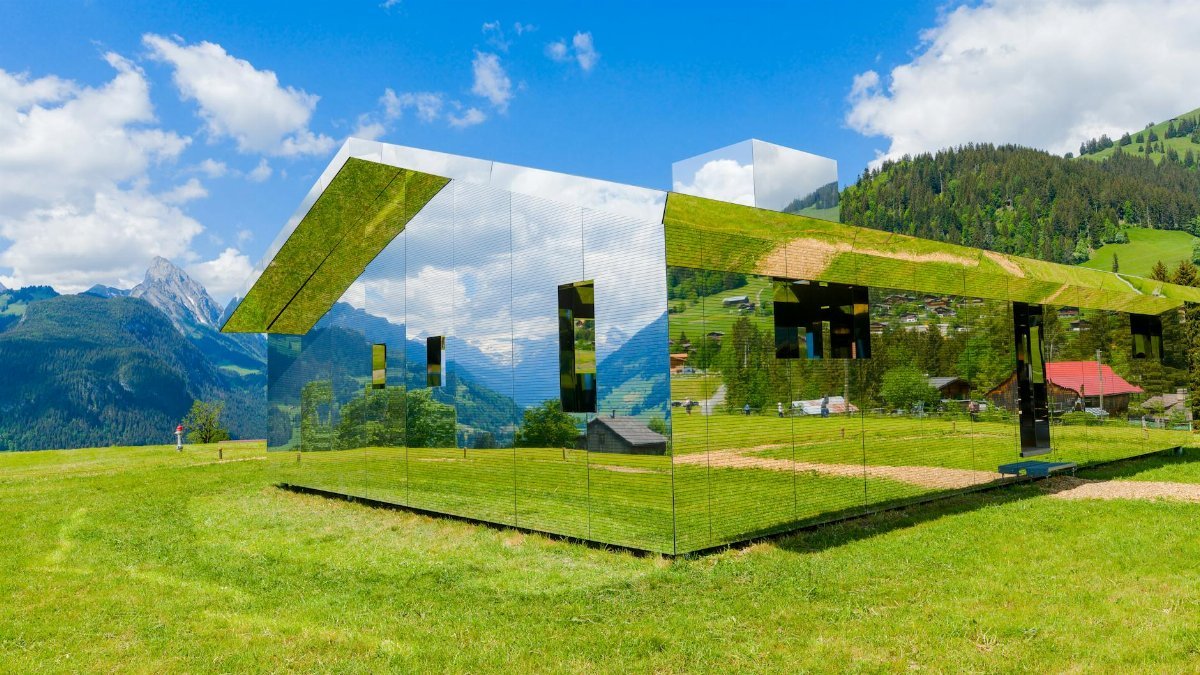
Calico, a silver mining ghost town restored in the 1950s, now hosts wellness weekends amid its wooden facades. The San Bernardino County park draws those escaping Los Angeles bustle for desert silence.
Workshops in historic schoolhouses teach breathing techniques, with the arid landscape enhancing focus. A participant might wander trails at dawn, the quiet amplifying personal insights. This transformation mirrors other desert retreat towns’ paths. California State Parks data indicates growing interest in historical sites for wellness.California State Parks manages such venues, blending preservation with modern use. Calico shows history can frame contemporary calm.
7. Goldfield, Nevada: From Boom to Breathwork Base

Goldfield’s ornate buildings recall its 1900s gold rush peak. After decline, it became a haven for eccentrics and now, mindfulness enthusiasts. Retreats use abandoned mines for sound therapy, the echoes adding depth.
The town’s sparse population ensures miles of silence, ideal for introspection. Stories circulate of visitors confronting inner turmoil in the vast openness. Nevada’s tourism board tracks this pivot.Travel Nevada promotes these evolving destinations. Goldfield captures the essence of desert retreat towns: rebirth through quietude.
8. Tombstone, Arizona: Gunfight Grounds Turn to Gentle Getaways

Tombstone, infamous for the O.K. Corral, has traded shootouts for serenity. Beyond reenactments, it offers desert yoga and spa treatments in historic hotels.
The irony amuses: a place of violence now promotes peace. Guests meditate in Boot Hill Graveyard, finding lessons in transience. This duality enriches the experience. Tourism studies from the University of Arizona highlight such adaptations.University of Arizona research examines economic impacts. Tombstone redefines Wild West lore for mindful times.
9. Chloride, Arizona: Quiet Corner for Contemplation
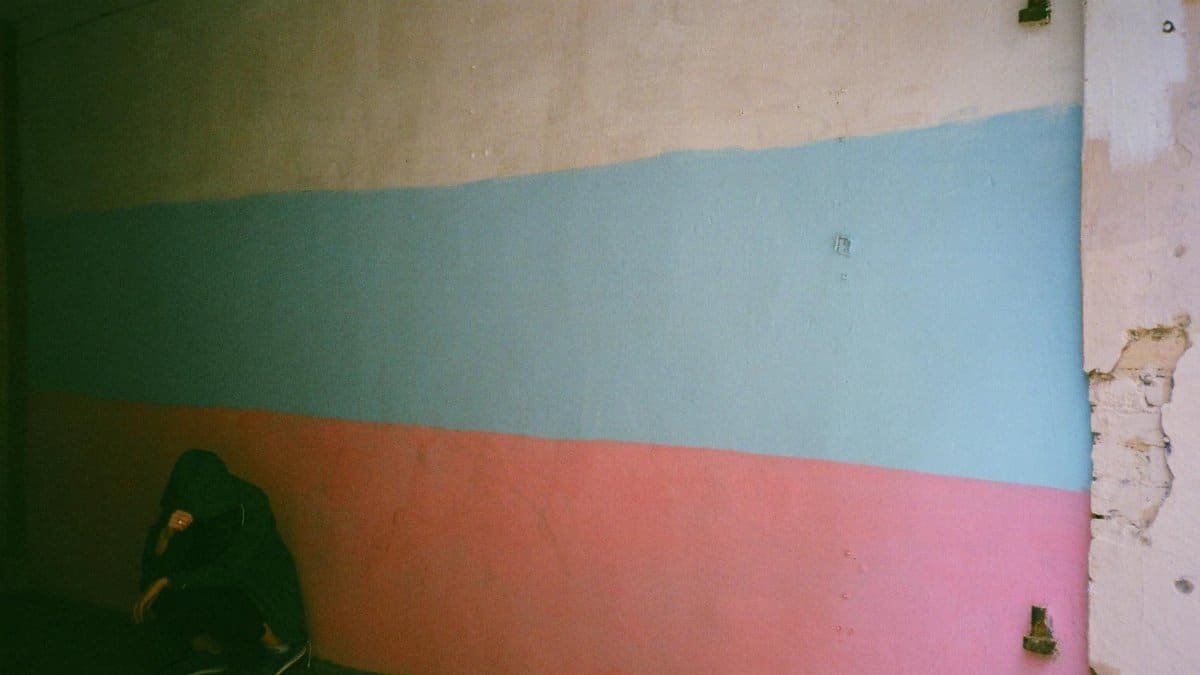
Chloride, Arizona’s oldest continuously inhabited mining town, clings to life in the Cerbat Mountains. Its sparse amenities now attract those craving unfiltered desert immersion.
Simple cabins host writing retreats, where the silence inspires creativity. One writer described the profound focus gained from days without distraction. This niche appeal grows in desert retreat towns. Local historical societies document the shift.Arizona State Parks supports preservation efforts. Chloride offers a pure, unadorned escape.
10. Bodie, California: Frozen in Time, Thawing for Tranquility

Bodie’s arrested decay, preserved as a state historic park, evokes a gold rush frozen mid-bustle. Visitors now come for solitary walks, using the ghost town as a meditation canvas.
The creaking wood and empty streets prompt reflection on impermanence. Park rangers note more requests for quiet hours. California’s preservation initiatives enable this.Bodie State Historic Park details its unique status. Bodie turns abandonment into an asset for peace-seekers.
11. Silver City, New Mexico: Artistic Alchemy in the Desert
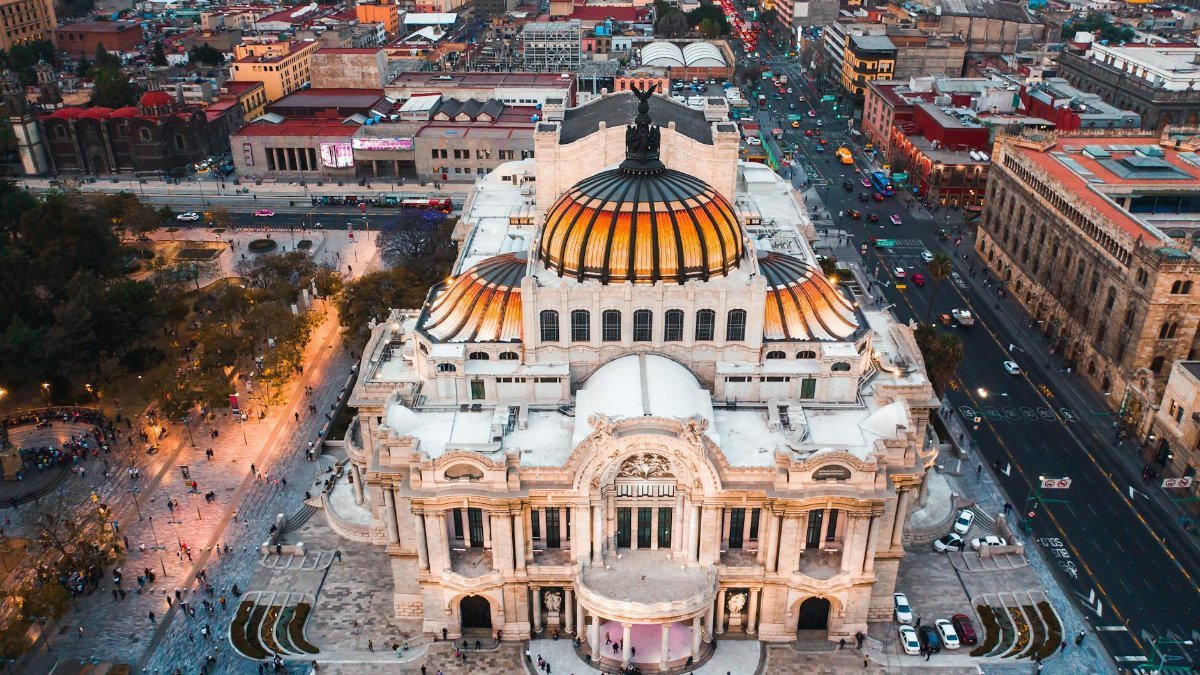
Silver City’s mining roots gave way to an arts scene, now incorporating wellness retreats. Gila Wilderness nearby provides endless silent hikes.
Community co-ops blend creativity with mindfulness classes. The town’s vibe fosters deep connections. New Mexico Tourism reports rising eco-tourism.New Mexico Tourism showcases these transformations. Silver City alchemizes ore history into soulful gold.
12. Central City, Colorado: Mountain Mines to Mindful Heights

Central City’s gold mines fueled Colorado’s rush, but casinos came later. Now, amid the peaks, it pivots to retreats emphasizing high-altitude hush.
Spa resorts use the elevation for enhanced breathing exercises, the thin air sharpening awareness. This adaptation fits the broader narrative of desert retreat towns, even in mountainous variants. Colorado’s tourism data reflects the trend.Colorado Tourism Office promotes sustainable shifts. Central City elevates the concept, literally and figuratively.
As these towns evolve, they remind us that silence, once a byproduct of decline, is now a sought-after commodity. The desert’s vastness continues to call those weary of the world’s din.
